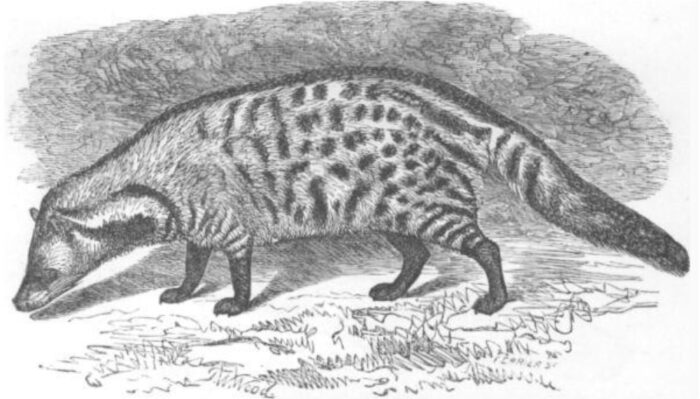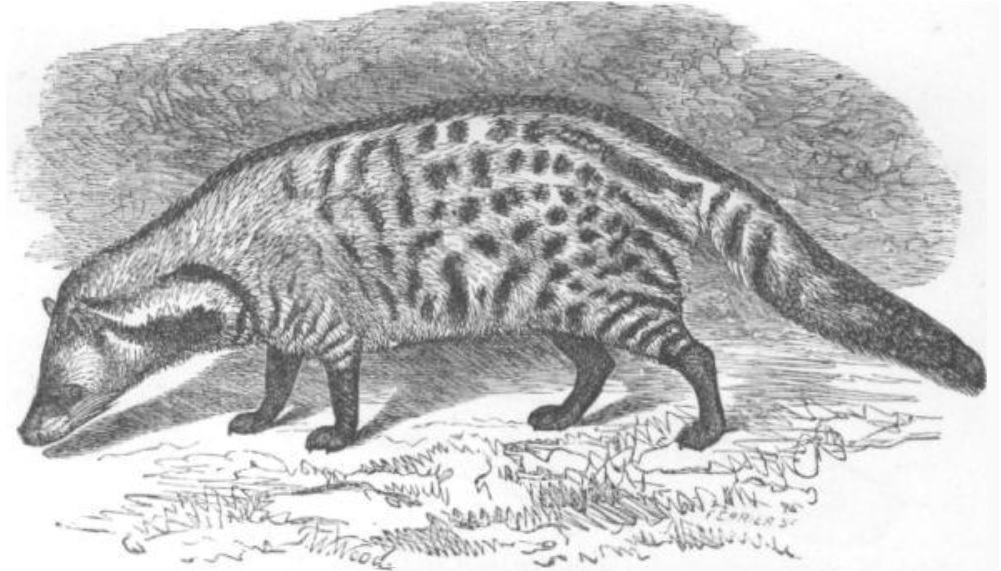Sometime in the 90s, we used to live in a small town in Western Assam. Signs of the impending 21st century wasn’t visible anywhere and occasionally wild animals entering the town wasn’t unusual, although forest cover is much thinner in western Assam (It is closer to the rest of India) compared to the evergreen frontiers of Upper Assam.
So, one evening, we heard a noise outside and went out to see what’s happening. Most of our neighbours had gathered outside and we learnt that a “johamal” is roaming around openly. I’d heard of the animal but had never seen one and that did not turn out to be the lucky day either. We heard some noise in the dark and then it disappeared… probably it got scared seeing too many apex predators gathering around it. At least I never saw it but it left a very strong stench in the entire neighbourhood which lasted for a while. It was strong and surprising, yet it was a very familiar aroma, that of joha rice, one of the most premium items that people used to consume in Assam during those simpler times.

Why am I suddenly talking about that incident? Nothing in particular but this incident came to my mind as I was thinking about various unique wildlife found in this region, beyond the famous ones like rhino, tiger or elephant etc. I’d like to write more about unique flora and fauna, as well as indigenous crops of this region although my own limited knowledge makes it challenging.
So, the Large India Civet (Viverra Zibetha) is a viverrid, a distant relative of felines, and sometimes animals of this family are called “civet cats”. In Assamese it is called Johamal, which is somewhat unintentionally hilarious. Other related civets include Small Indian Civet, Malayan Civet, African Civet etc. But I’m specifically talking about the Large Indian Civet. It is found mostly in the eastern and northeastern parts of India, China, Nepal, Bhutan as well as South East Asia. I don’t think it is as prevalent in Assam now as it used to be. Nevertheless, as per IUCN it’s least concerned, which is good news.
As far as I could figure out, the aroma comes from the secretions of a gland that it probably uses to mark its territory. But just like musk deer, this can be it’s own enemy. It is used in perfumery and from what I can see, it’s all but disappeared from China (considering their track record, probably this is also considered an aphrodisiac).
It is generally available in most national parks in Assam but spotting it probably will take a good guide and lots of luck. A quick search gave me images of the same from Pobirora and Namdapha, as well as some villages in Upper Assam.
Coming to the Joha Rice, It has managed to get GI Tag of late, making it an exclusive product for local farmers. While it is not yet that famous outside Assam, exports are already happening. I tried hard but could not find too many details about the origin and history of this variety of rice. Apparently it is mentioned in some medieval texts, so it has been cultivated for centuries. From personal experience I can say that both do have the same aroma.
So, this brings me to the final question… the animal is named after the rice? or the rice is named after the animal?
I think this question will haunt me forever!

